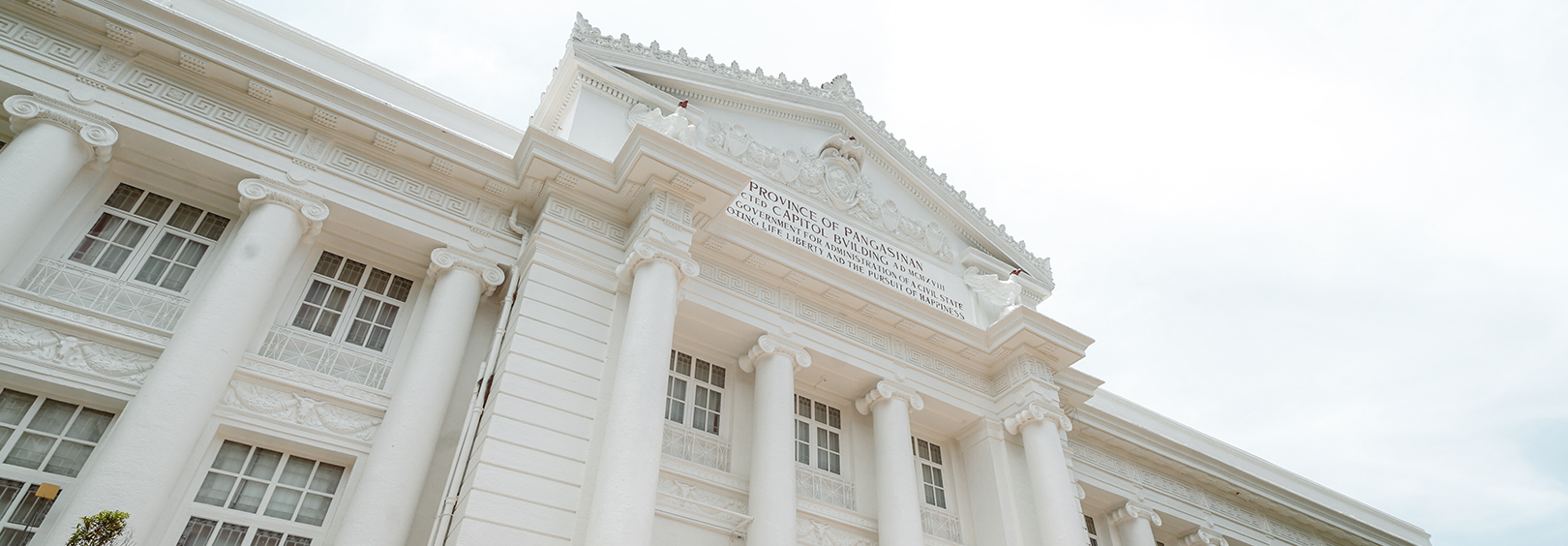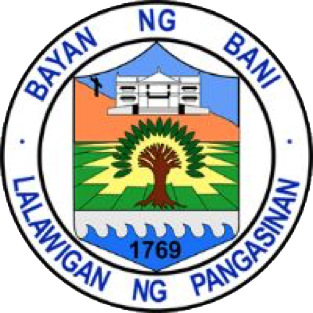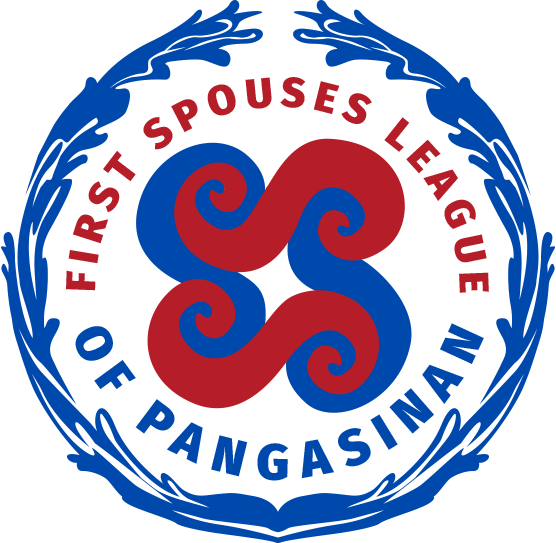Originally known as San Simon, Bani got its name from a tall bani tree, on top of which the Immaculate Conception, Patron Saint of San Simon, was discovered after it disappeared from the church altar.
On March 18, 1769, the municipality of Bani was founded as part of the province of Zambales. Later, on November 21, 1903, Bani, along with Alaminos, Bolinao, San Isidro de Potot now Burgos, and Infanta, was annexed by Pangasinan.
Located 56 kilometers from the capital town of Lingayen, Bani is part of the first congressional district. It has a total land area of 19,243 hectares and a population of 52,603, according to the latest census.
Bani is well-known for its sweet watermelons, and the town celebrates the annual Pakwan Festival or Watermelon Festival to promote itself as the watermelon capital of the North. In addition to this, Bani is also home to several local tourist attractions. Surip beach is a picturesque rocky cliff with a breathtaking view of the West Philippine Sea. Not far from the beach is the Redeemer’s Cross pilgrimage site where tourists and faithful converge to offer prayers.
Apart from watermelons, Bani is also famous for producing aquaculture products, salt, rice, and yellow corn products.























